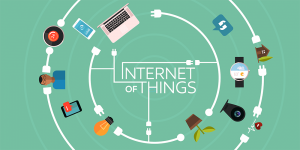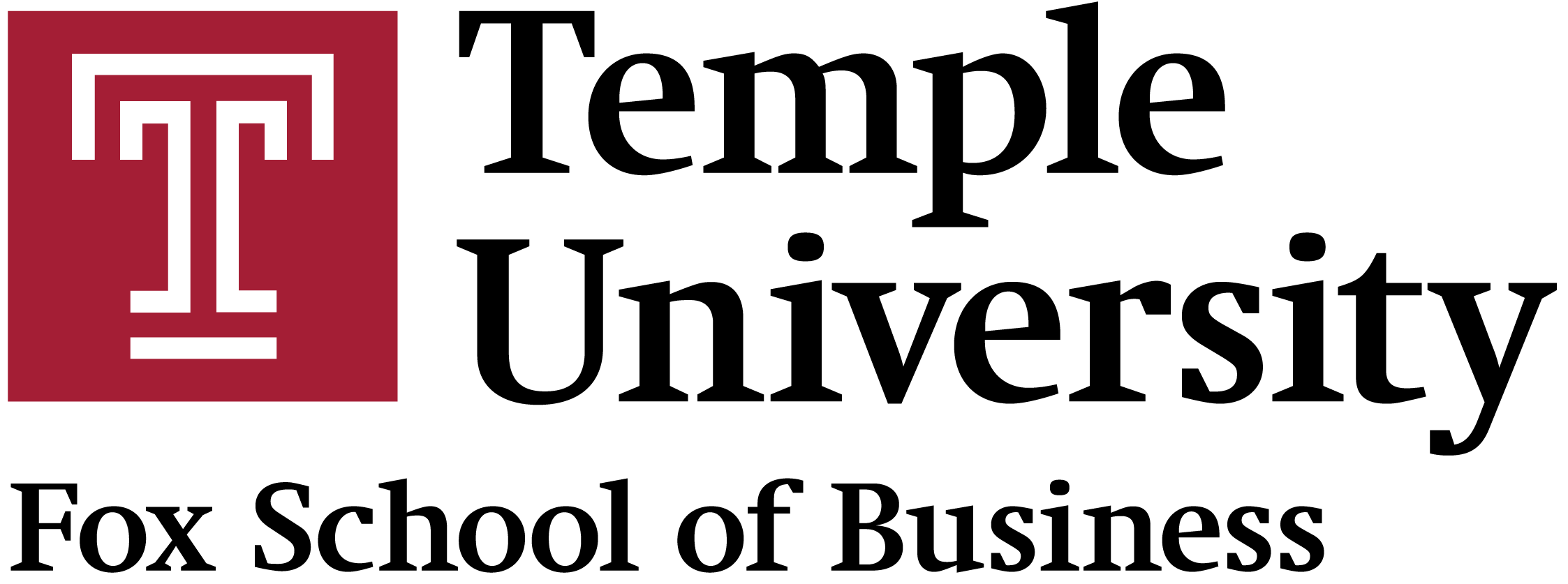Internet of Things (IoT)
The Internet of Things (IoT)
What is IoT?

Source: Datafloq.com
IoT is defined as the interconnection of physical objects that are given unique identifiers in order to collect, communicate, and act upon a broad variety of data. In other words, IoT refers to the concept of turning our every day objects that we use into “smart objects”. Thus making communication between traditional devices (desktops, laptops, smartphones, tablets, etc.) more possible. But why is this important? The reality is that IoT allows for virtually endless opportunities and connections to take place, many of which we can’t even fully understand the impact that it has today. However, these “smart objects” alone are able to analyze the data it has collected to better track and manage a company’s assets in real time, improve efficiency, and allow for the creation of better and smarter products, services and processes.
 IoT in MIS
IoT in MIS
As previously mentioned, IoT collects and stores real time data that gets analyzed. This process is able to show what is happening, along with why it is happening, and what will happen. These processes are similar to the ones called OLAP and Data Mining. I personally have been exposed to these principles in my MIS 2502 Data Analytics course. This course taught me how to explore and analyze large data sets to discover meaningful patterns using the application, RStudio. Even though I have learned the concept of mining data in this course, the data provided was for the most part, structured. The topic of IoT builds on this concept because these devices are also able to analyze unstructured data.
Example of IoT
 The Unites States Postal Service (USPS) collects a mass amount of data on a daily basis and incorporates IoT throughout several practices of the company to assist in business decision-making. One of their practices that IoT is applied to is called “Transportation and Logistics”. USPS places communicative sensor systems on their vehicles, which allow the tracking of a vehicle’s location and condition through geographic information systems and other data. This technology allows for continuous monitoring of a variety of vehicle performance data (brake condition, tire pressure, engine performance, etc.). This information can be used to: help monitor drivers; reduce fuel, maintenance and transportation costs, while encouraging safe and fuel-efficient driving habits. USPS’ “Transportation and Logistics” practice is a terrific example of how IoT can be used to create efficiencies while innovating and improving business decision-making.
The Unites States Postal Service (USPS) collects a mass amount of data on a daily basis and incorporates IoT throughout several practices of the company to assist in business decision-making. One of their practices that IoT is applied to is called “Transportation and Logistics”. USPS places communicative sensor systems on their vehicles, which allow the tracking of a vehicle’s location and condition through geographic information systems and other data. This technology allows for continuous monitoring of a variety of vehicle performance data (brake condition, tire pressure, engine performance, etc.). This information can be used to: help monitor drivers; reduce fuel, maintenance and transportation costs, while encouraging safe and fuel-efficient driving habits. USPS’ “Transportation and Logistics” practice is a terrific example of how IoT can be used to create efficiencies while innovating and improving business decision-making.
IoT’s different Areas of Application within USPS
References:
Kobie, Nicole. “What is The Internet of Things? .” The Guardian. 6 May 2015. Web. 20 Apr. 2016. <https://www.theguardian.com/technology/2015/may/06/what-is-the-internet-of-things-google>.
Morgan, Jacob. “A Simple Explanation Of ‘The Internet Of Things.” Forbes. 13 May 2014. Web. 13 May 2014. <http://www.forbes.com/sites/jacobmorgan/2014/05/13/simple-explanation-internet-things-that-anyone-can-understand/#3a9c24466828>.
Rouse, Margaret. “Internet of Things (IoT) .” IoTAgenda. June 2014. Web. 18 Apr. 2016. <http://internetofthingsagenda.techtarget.com/definition/Internet-of-Things-IoT>.
Stroud, Forrest. “IoT – Internet of Things.” Webopedia. Web. 20 Apr. 2016. <http://www.webopedia.com/TERM/I/internet_of_things.html>.
“The Internet of Postal Things.” USPSOIG. 3 Aug. 2015. Web. 20 Apr. 2016. <https://www.uspsoig.gov/sites/default/files/document-library-files/2015/rarc-wp-15-013_0.pdf>.


